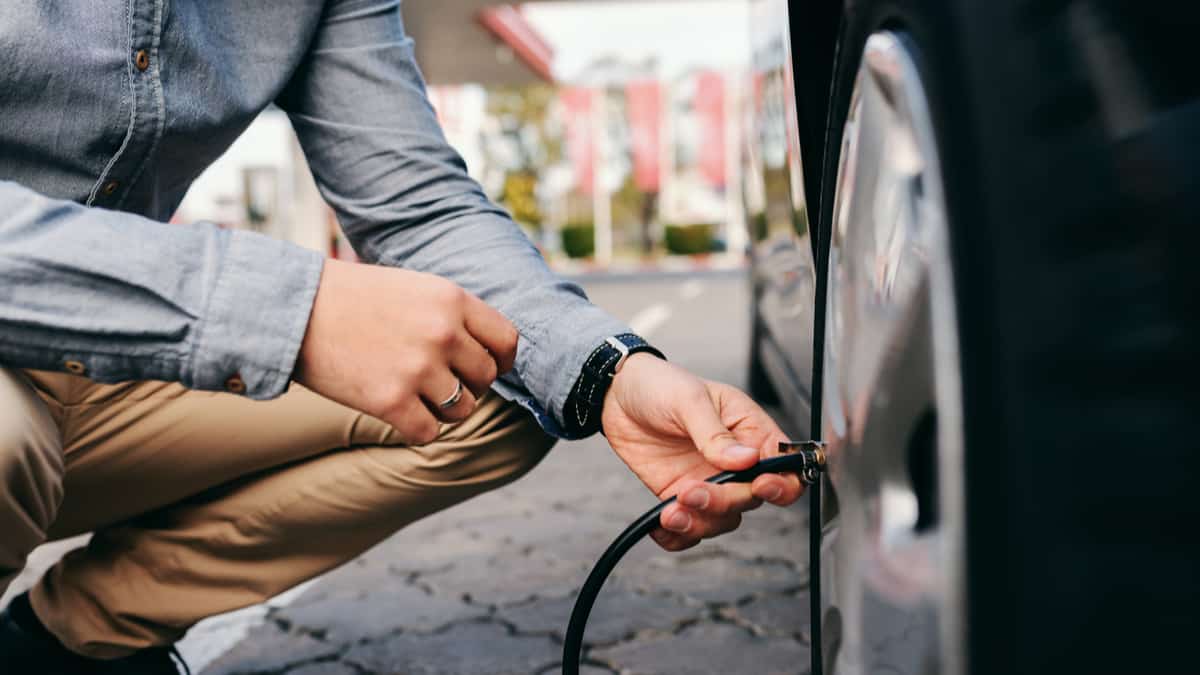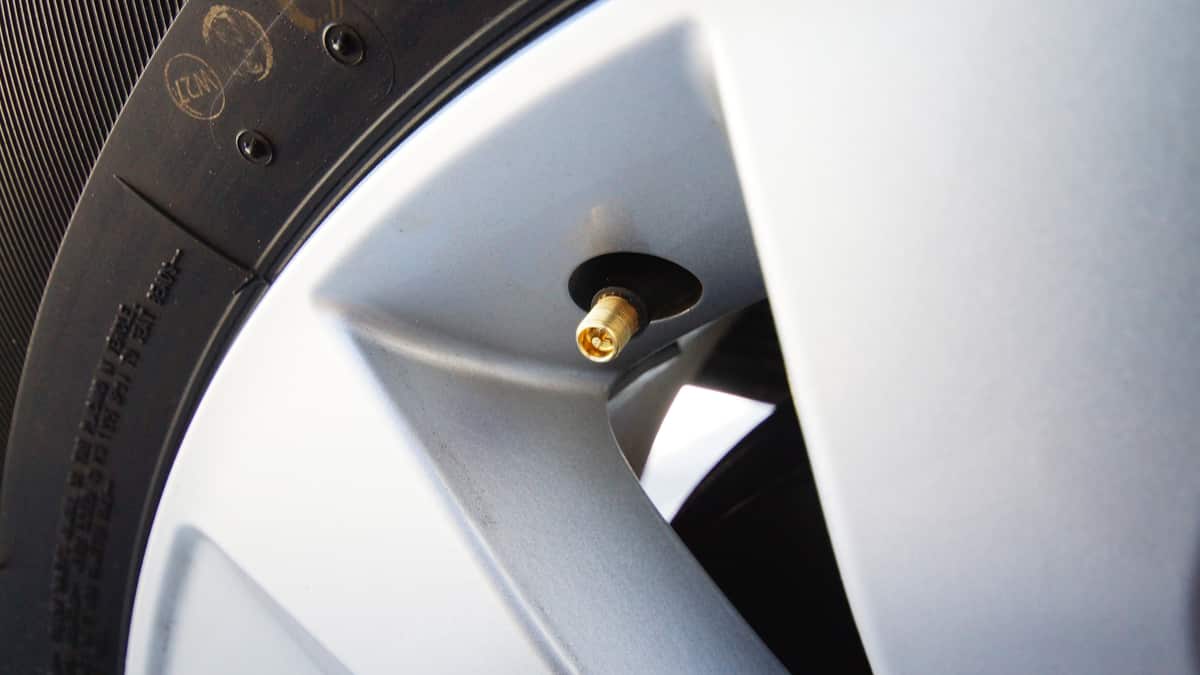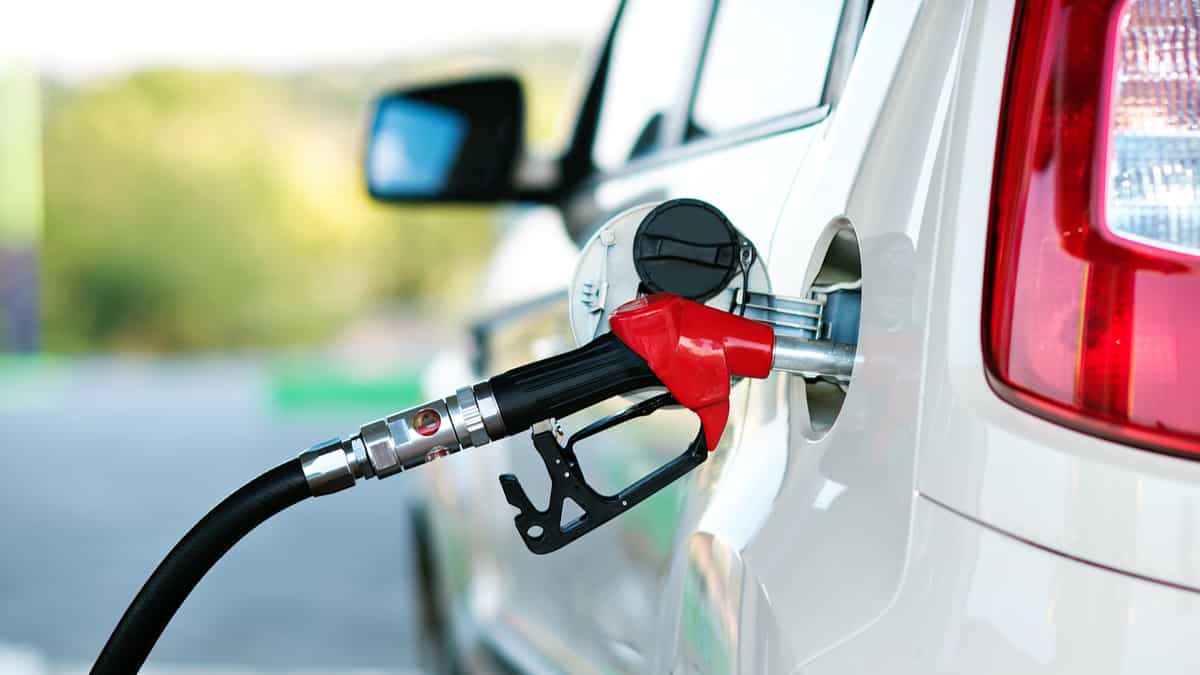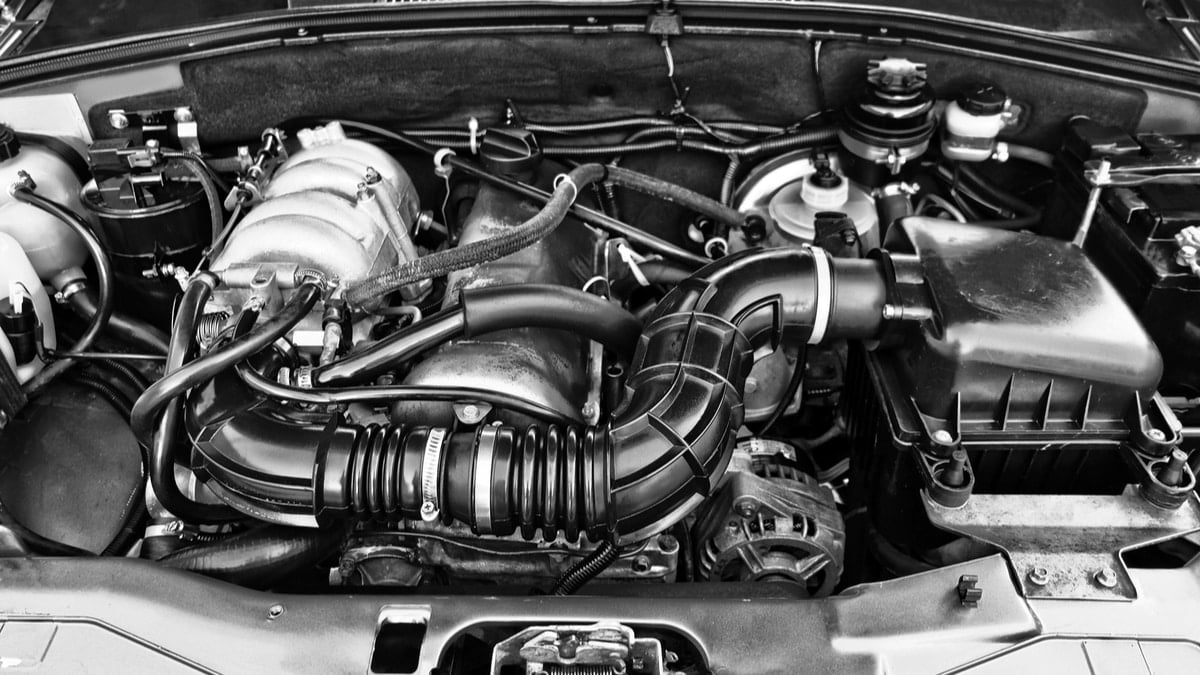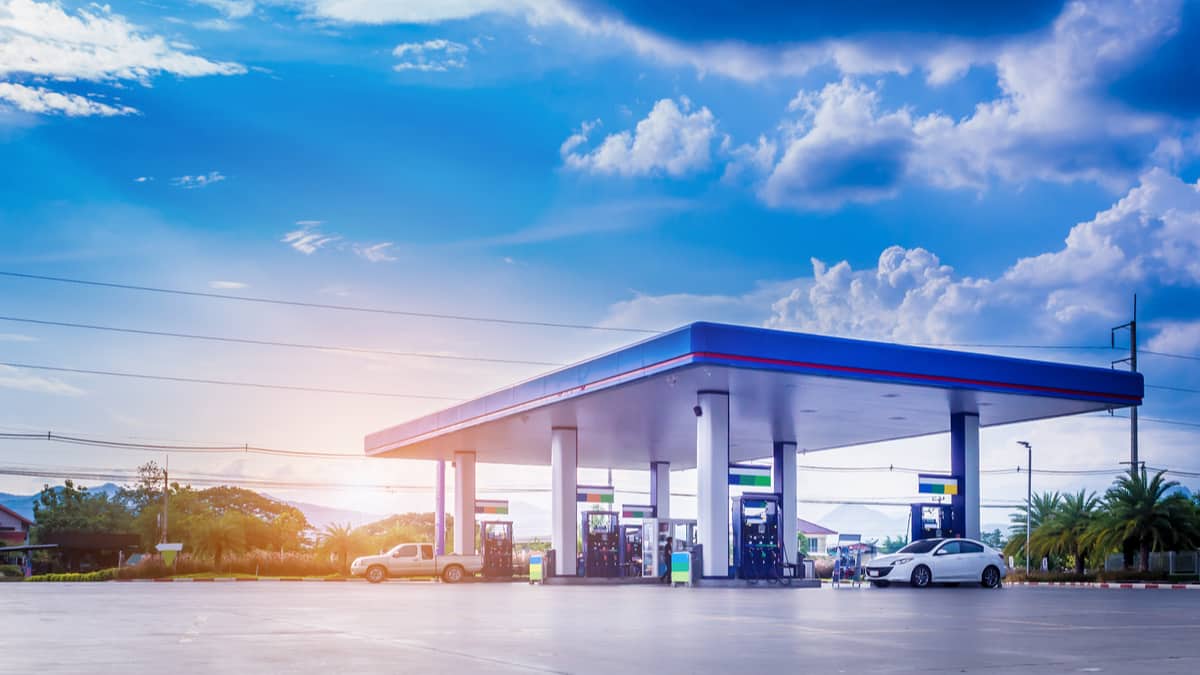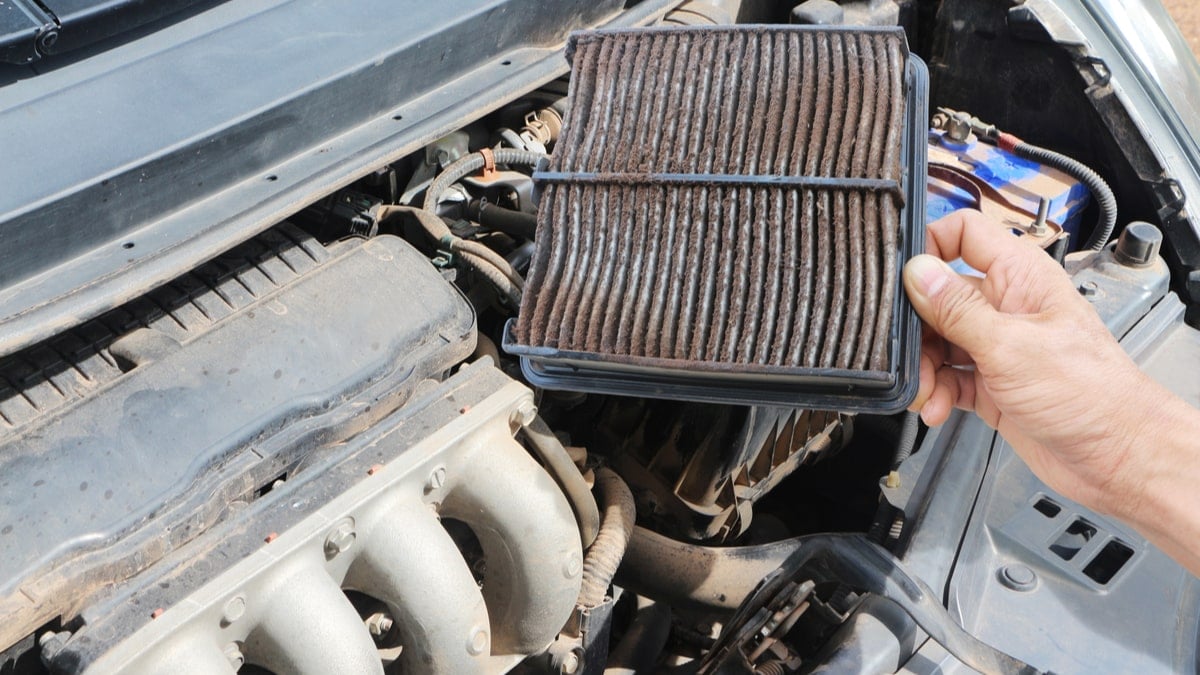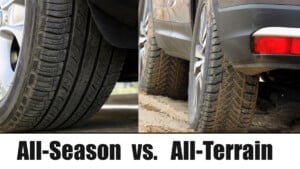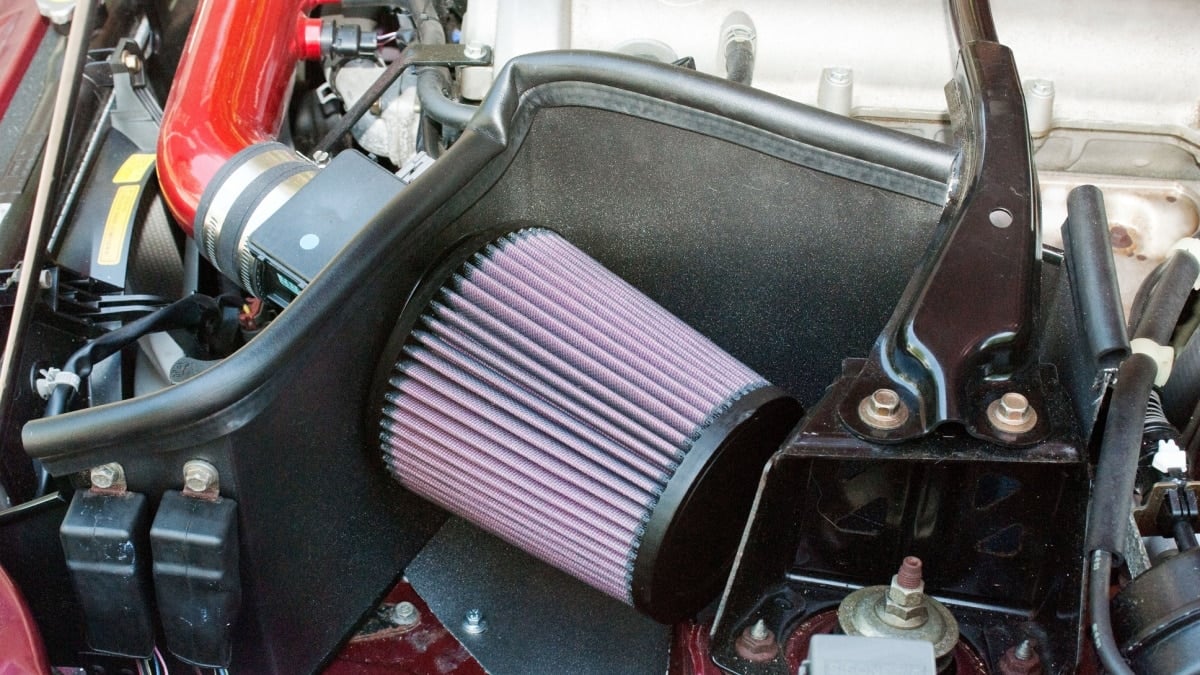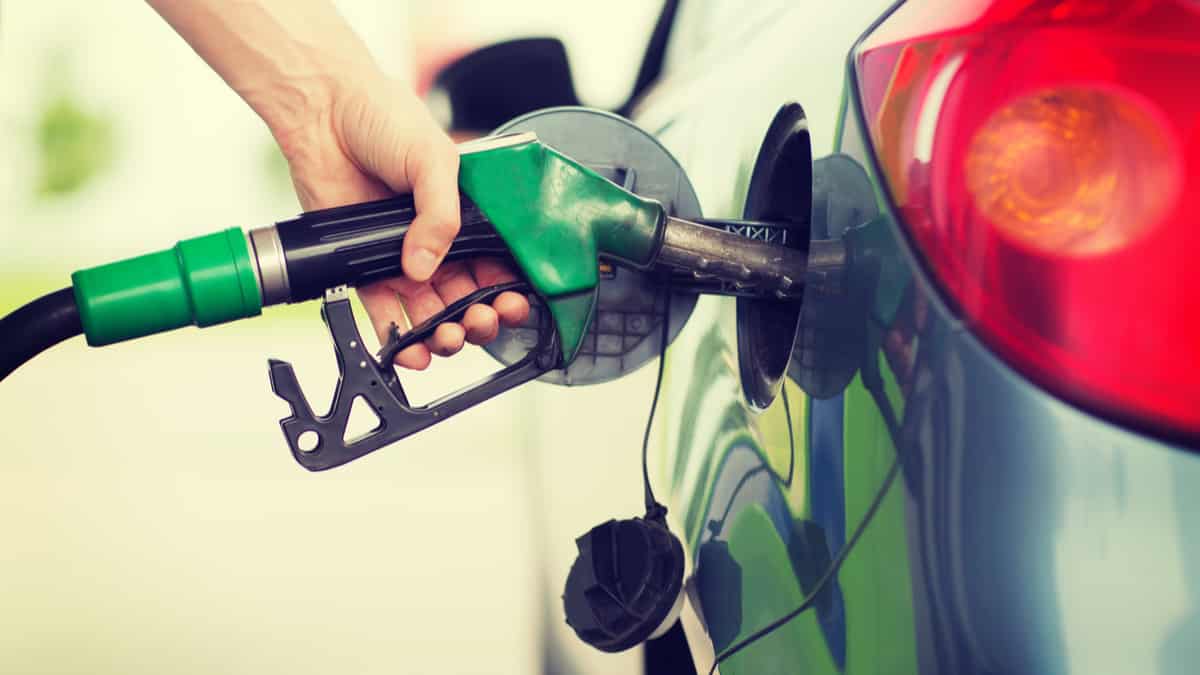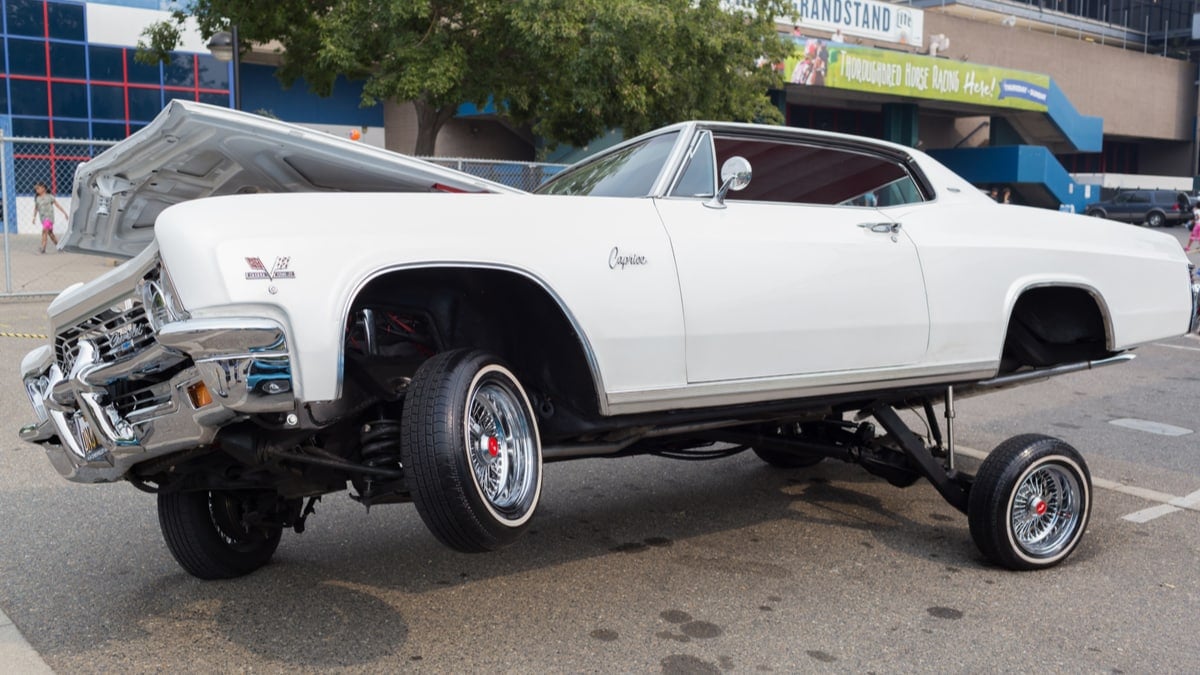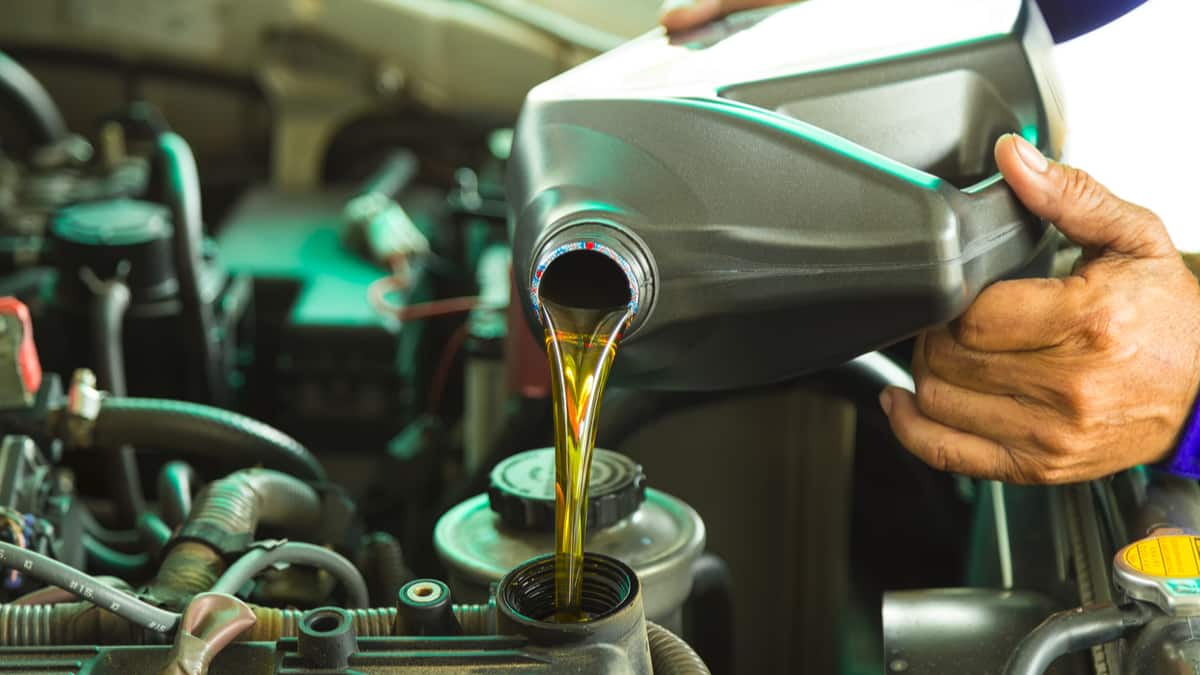If your car tires need a little air, you can always pull into the gas station to use the machine. However, you may not know how to use a gas station air pump, or you might be confused about how to properly inflate your tires.
In this guide, we walk through all of the steps with you, so you can pump up the car tires properly. Additionally, we show you some hidden benefits of using the gas station air. We also review the benefits of maintaining proper tire air pressures.
How to Use a Gas Station Air Pump
To use a gas station air pump, you need to find the air compressor and park near it. Once you remove the air nozzle, you can pay for the air and adjust the settings. Remove the tire valve cap and inflate the tires. Check the pressures when you are done and return the hose to its original place.
Here are more detailed steps on how to use the gas station air pump:
1. Locate Air Compressor
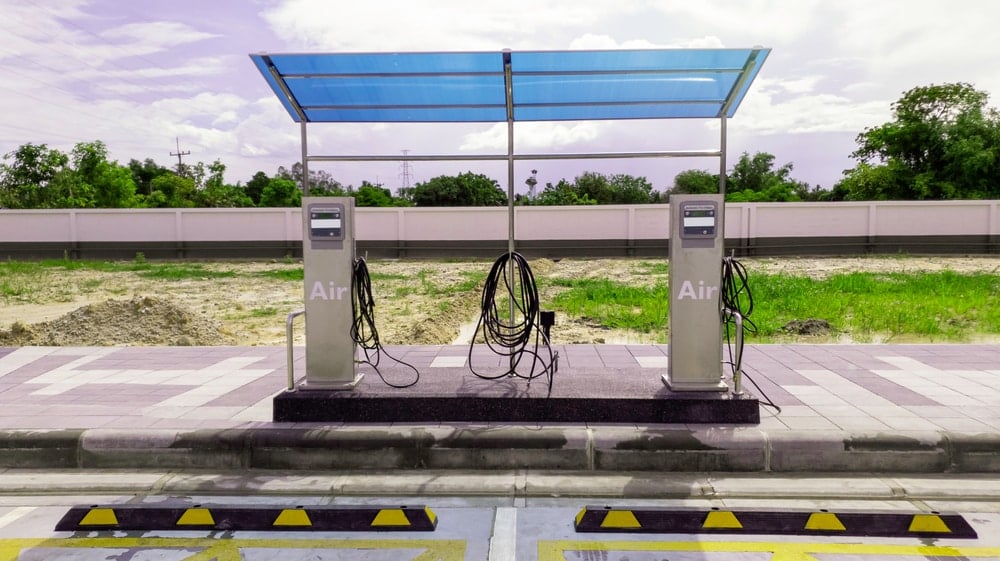
Unless you have used the air pressure machines before, you might not know where to find them or understand what they look like. Normally, the air machines aren’t right with the gas pumps, but off to the side somewhere.
There will be a sign on the machine that indicates its purpose. You might even see something, such as “Free Air.”
2. Park Near the Compressor
After you locate the air pump, you need to park as close as possible to it. The hose should be able to easily reach the tire or tires that need to be filled up.
If you park and realize you are too far away, just inch it a little closer. You can leave the car engine running to make it easier.
3. Remove Air Nozzle
Inspect the air hose to make sure it is in decent condition. If it isn’t, you might want to choose a different machine to use.
Once you’ve approved the hose, you want to move it to where the tire is, especially if you are paying for it. You want to be ready to fill up those tires when it goes on.
4. Pay for Machine
Some machines are free and you won’t have to pay anything. Other times, you will be required to enter some quarters or use your credit card to get it started.
If you don’t have quarters, you might be able to get some change from the gas station. Once the money is inserted, the air will turn on for a specified amount of time.
5. Set Appropriate PSI Mark
Some machines offer settings for the PSI. You can find this number on the card mounted on the inside of the driver’s side door jamb.
This measurement shows what the tires should be inflated to. Adjust the settings to match this number. If the machine doesn’t offer this, you will need to keep a close eye on how much air is being put in the tire.
RELATED: How to Find the Correct Tire Pressure For Your Car (4 Steps)
6. Remove Tire Valve Cap
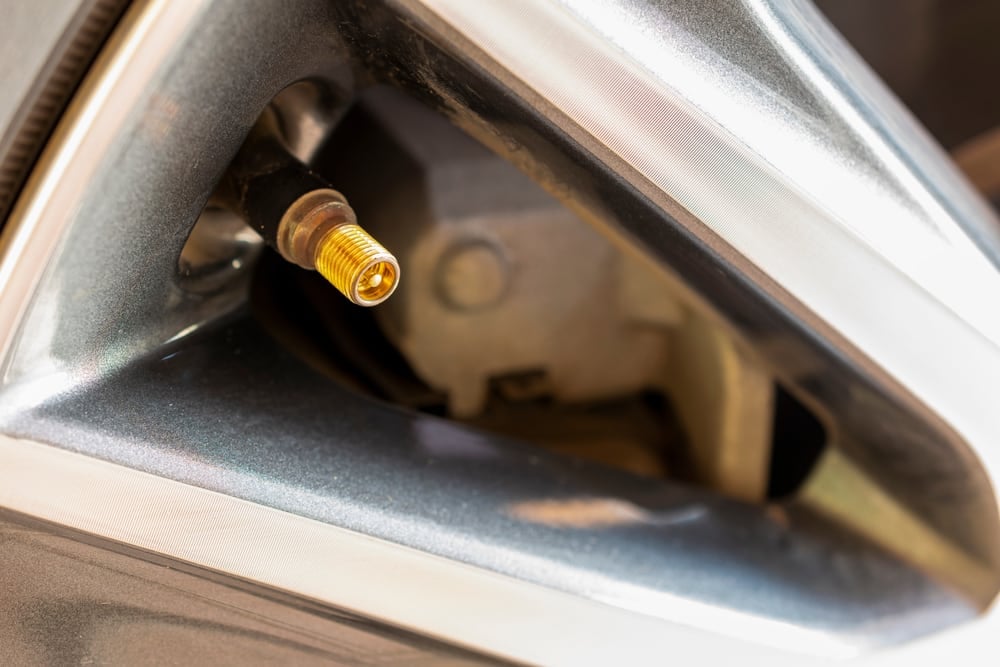
Once the air hose is running, you want to remove the cap on your tire valve. Don’t misplace this tire cap, or the air could leak out while you drive.
However, if you ever lose a cap or one gets broken, they aren’t expensive to replace. You can find them at most auto parts stores.
7. Inflate Tire
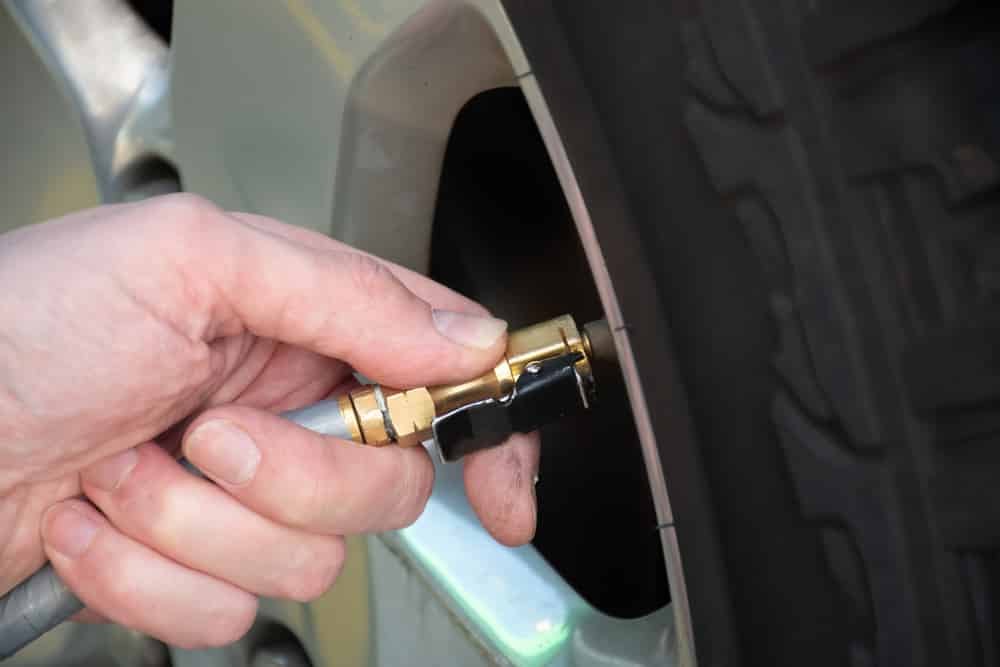
Push the end of the nozzle onto the valve stem of the tire. You will need to apply some pressure to make the fit secure.
Once you have them connected, air will flow into the tire. Once you have reached the target PSI, remove the hose nozzle from the tire valve. If the air pump has an integrated pressure gauge, you can do both these steps at the same time and inflate, release and check the pressure.
8. Check Pressures
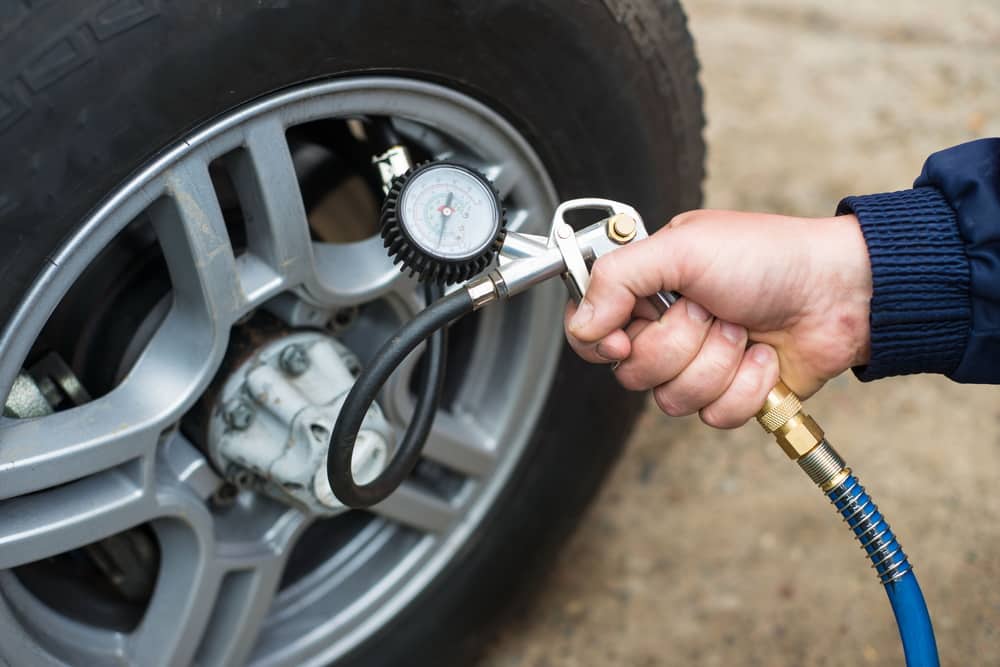
You should always double-check the air pressure to ensure it is right. If the tires are still low, go ahead and put more air into them.
If you have overfilled the tires, you will need to push gently on the valve stem to remove some air. Either way, it should fall right in line with what’s on the door jamb.
9. Return Hose to Machine
After the tires have been pumped up, you are ready to put the equipment back. Put everything in its place where it belongs, not necessarily where you found it.
It might be tempting to throw the hose on the ground, but this only ruins it for the next person. Just think about how you would feel if you needed air in a tire and the hose was destroyed because of negligence.
RELATED: How to Reset Tire Pressure Light (TPMS) – By Car Model
Benefits of Using Gas Station Air Pump
There are many reasons to consider using the gas station air pump when your vehicle tires require pumping up. For starters, you might be able to find a free air pump, meaning you won’t have to spend anything. In fact, several states require that the air pumps be free to use.
Additionally, the gas station air pump is going to be available 24 hours a day. If you are driving home after a late night, you can still ensure that your tires are properly inflated. The gas station air pump is also quick, so you won’t be spending a lot of time waiting around.
When emergencies happen, it isn’t always convenient to drive all the way home. Plus, it might not be safe if the tires are getting low. Instead, swing in the gas station and pump them up so you don’t have to wait in line at the nearest tire center.
Why Maintain Proper Tire Pressure
1. Increased Fuel Efficiency
When the tires become underinflated, gas mileage gets thrown out the window. As friction increases on the road surface, you pay more to operate your vehicle.
While you might only lose a few miles per gallon, every penny counts. This is especially true when gas prices are on the rise.
RELATED: Is It Dangerous to Drive with Low Tire Pressure? (& What to Do)
2. Increased Safety
Tires with excessive amounts of air inside can blow out on the road. The sudden loss of air can lead to an accident and injury.
An underinflated tire is just as dangerous. If it goes flat unexpectedly, you could be in a lot of trouble.
3. Better Handling/Grip
When the car tires are underinflated, they are more susceptible to hydroplaning. It’s easy to lose control of the vehicle when this happens.
Additionally, with the right tire pressures, you gain more traction. This added grip allows you to brake better, accelerate easier, and navigate varying terrains.
4. Longer Tire Life
Underinflated tires are going to wear out much faster than those at appropriate levels. If you want to put tires on the car less frequently, it’s important to keep them running with the right pressures.
You should check the tire pressures every month, at a minimum. Aside from this, you should double-check the pressure when the temperature drops or rises significantly. For every 10 degree change, the PSI can change by 1. Based on this, any sudden change could dramatically affect the pressure inside the tire and could put you in danger if you aren’t careful.
